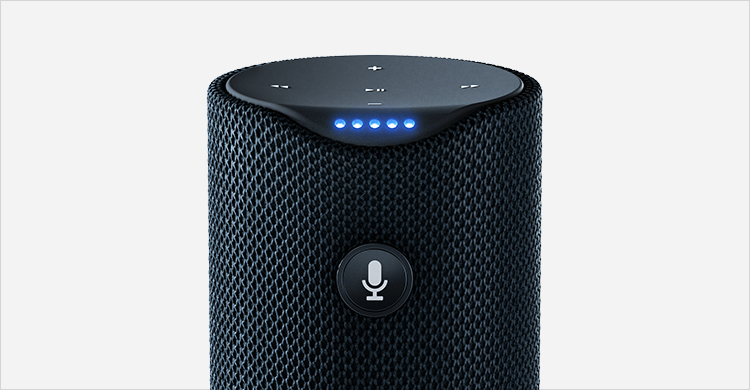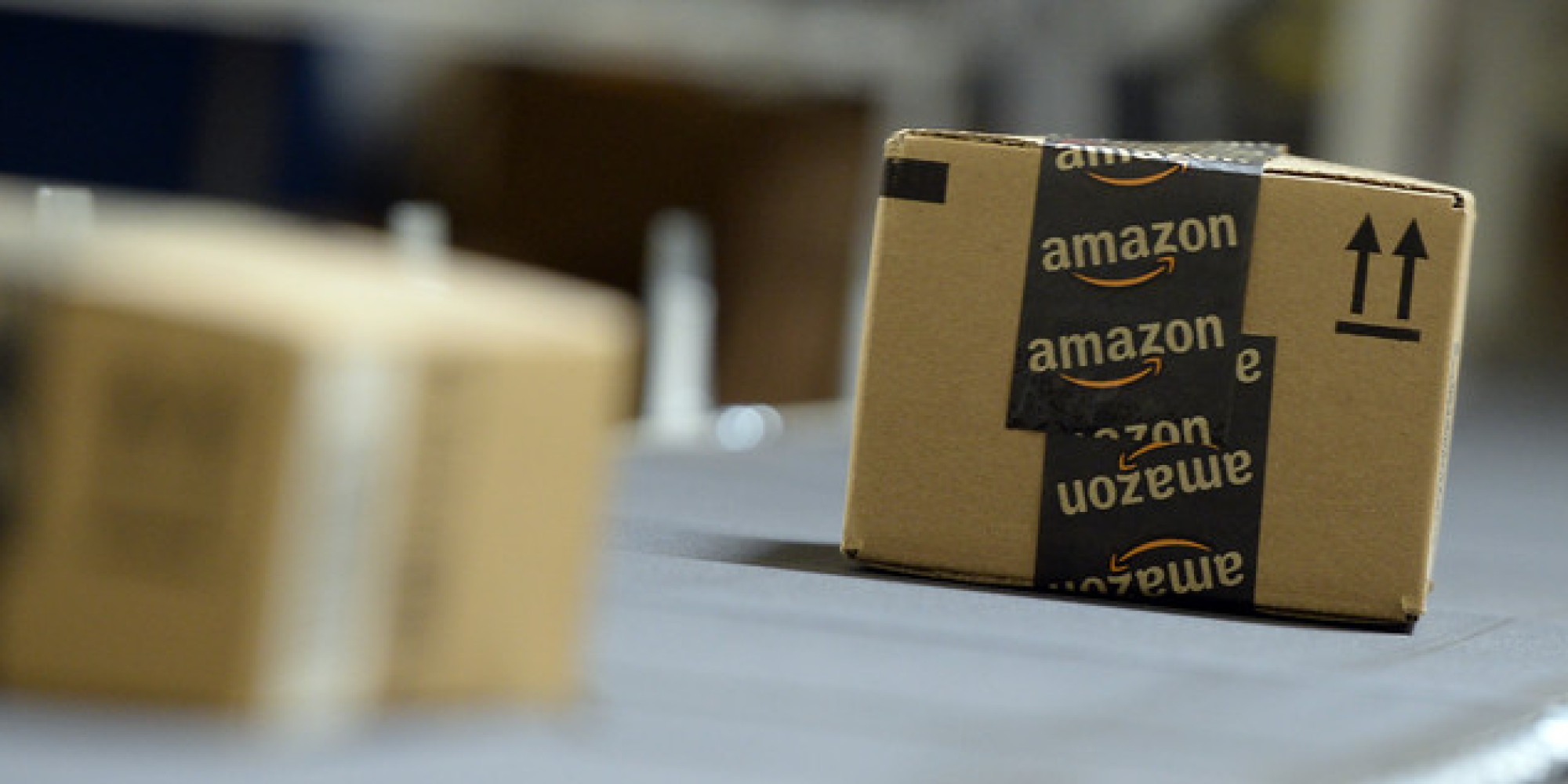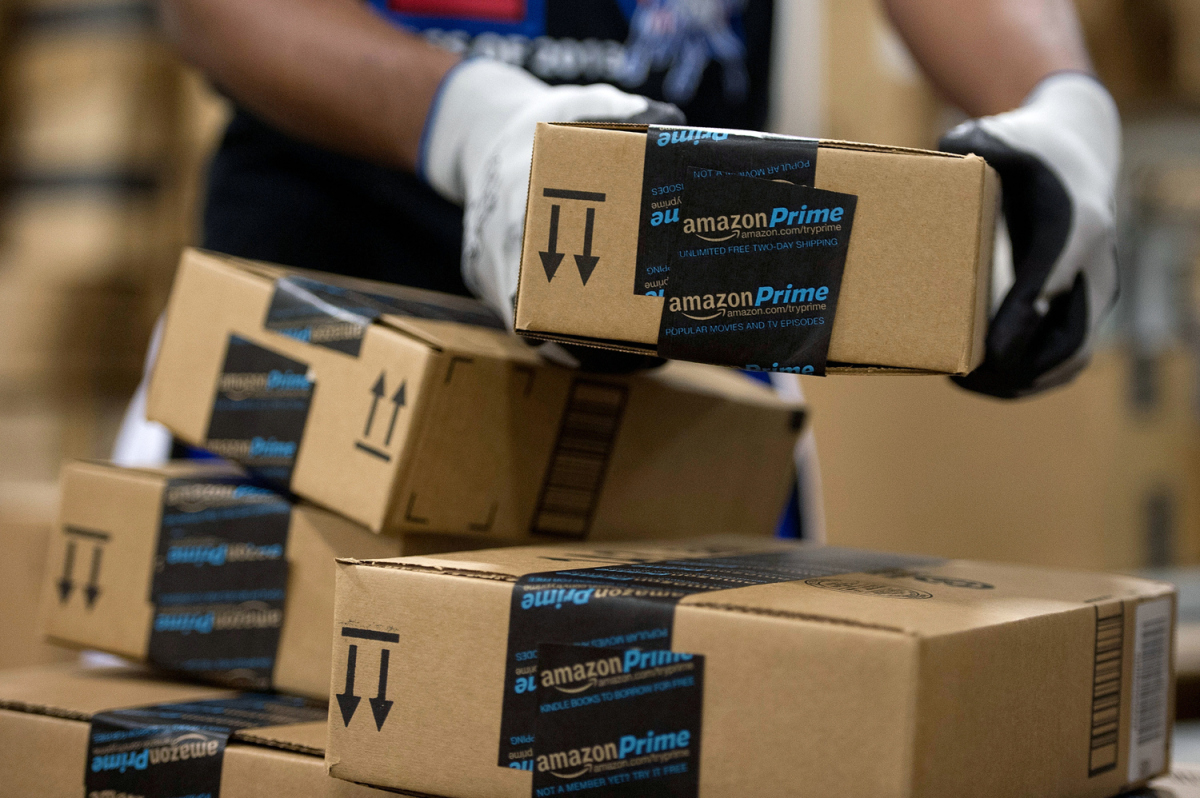Amazon Squares Off Against Big Box Retailers
May 31, 2017 - by Keith Loria
Earlier this year, Amazon reportedly began reaching out to several major consumer product brands, telling them that they’d be better off ditching retailers and selling their goods directly to shoppers through its service.
Amazon’s outreach culminated with executives from General Mills, Mondelez, Nike and other packaged goods manufacturers gathering for a three-day summit in Seattle this month to listen to the company’s innovative pitch.
Analysts point out that with a user base of more than 300 million shoppers (a number that increases monthly), Amazon doesn’t necessarily need these brands to bite – that they could simply manufacture their own products if the CPG companies don’t want to sell on Amazon’s marketplace. For companies that wish to avoid competing with the e-commerce goliath, it makes sense to consider leaving the Walmarts and Targets of the world.
An Increase in E-Commerce
Randy Evins, senior principal of IVE Food Drug & Convenience at SAP Retail, said e-commerce sales are growing at rates far greater than sales through traditional channels, and is only just beginning to indicate future growth potential.
For example, recent studies show that e-commerce sales of consumer packaged goods grew 42% in 2015, faster than overall e-commerce growth of 30%. And growth in specific categories is surging as consumers increasingly take advantage of on-demand and subscription-oriented services, either direct from CPG companies like Dollar Shave Club or from online marketplaces like Amazon.
“Fast growth in e-commerce is starting from a relatively low current base, but is expected to become a far more significant percentage of total revenue and sales volume for CPG companies,” he said. “While e-commerce today is usually less than 5% of revenue for some of the largest, most established brands, we see predictions that e-commerce sales will grow to roughly 30% of total industry revenue within the next 3-5 years.”
In 2016, Amazon sales made up nearly half of all online sales—and more than half of online sales growth.
Mihir Kittur, co-founder and chief commercial officer at Ugam, noted that the rise of e-commerce sales in certain categories like batteries and baby wipes is extremely encouraging, and that it seems to reaching a point where e-commerce for consumer packaged goods is at an inflection.
“With the rise of Alexa, chatbots and mobile apps, consumers have more convenient ways to order. Customers have proved time and time again they crave convenience, so to align with their needs, retailers are also continuing to offer speed delivery services and are improving their buy-online-pickup-in-store options,” he said. “Consumers can also save more money now, thanks to the rise of private label CPG products. In the next two years, we should see an acceleration of e-commerce growth for CPG.”
The Case For Amazon
The e-commerce transformation seems inevitable. By partnering with Amazon, companies will find that it’s a much faster and less expensive alternative to doing it themselves, which means higher margins on sales. Amazon, being a single vendor, would be easier to manage with almost a turnkey platform with joint marketing dollars to promote products. It would also be easier and less costly to test products in markets, so CPG companies could double down on winning products and discontinue products that don’t sell.
“Amazon’s approach goes well beyond simply inviting CPG companies to sell their products online via Amazon but, rather, to partner with Amazon to re-imagine product design, packaging, pricing and distribution to capitalize on direct-to-consumer growth opportunities,” Evins said. “By partnering to address these opportunities, Amazon aspires to collaborate with CPG companies in ways that not only capitalize on e-commerce sales growth, but also help to re-imagine business models and business processes to engage with consumers directly, effectively and profitably.”
Jim Prewitt, VP retail industry strategy, North America at JDA Software, said CPGs have been building out their direct to consumer capabilities for the past several years and while they’ve been able to build out their web capabilities, fulfillment continues to be a challenge.
“CPG manufacturers’ supply chains have been built for efficiency, shipping in larger quantities typically to retailer distribution centers, where the retailer became responsible for breaking it down to customer buying quantities,” he said. “They are facing the challenge of changing their supply chain to be able to handle shipping eaches to the consumers.”
Amazon could help address the challenges for the manufacturers by serving as their fulfillment mechanism, taking the responsibility of shipping eaches to the consumer. On the surface this is potentially a winning combination for the CPGs and Amazon. However, it could cause issues for the other retailers in the equation.
“The pressure from mass merchants, grocery, drug, etc., who comprise large percentages of current CPG volumes could derail this effort quickly,” Prewitt said. “It’s not reasonable to expect that major big box stores would accept this arrangement with Amazon.”
The Quandary
CPG firms are struggling to figure out Amazon, Kittur said. While Amazon is the dominant player in the market, most companies are confused on whether to treat it as a friend or a foe.
“The fear is that selling on Amazon could lead to brand dilution, extreme price discounting, and at some point the risk of an Amazon Private label,” he said. “Another point of concern is the conflicts that arise with existing channels when sellers begin to carry their products on the Amazon marketplace. Overall, CPG brands seem to have good relationships in place with store retailers, but their e-commerce readiness is not as mature.”
As the CPG industry adopts e-commerce, they are more or less running blind, as they have no clear idea on transaction and shopper metrics. Adding to the challenge is that CPG firms are soon likely to be caught in a pricing dog-fight between Walmart and Amazon.
“Amazon needs to improve its trust with CPG firms. Amazon can gain some of that back by flagging pricing violations to CPG firms,” Kittur said. “In many instances Amazon has taken action against some sellers and it needs to continue to demonstrate this in a more widespread manner. It also needs to work with brands on specific propositions for certain customer segments like Amazon Business or on exclusive available-on-Amazon-only products to help them drive growth.”
Looking Ahead
CPG companies have begun to take a closer look at the e-commerce landscape to better understand what is going on, but so far, they have been in a situation of “they don’t know what they don’t know.”
“They will need to move fast and test and iterate their e-commerce game plan,” Kittur said. “There are no clear answers, but doing nothing is not an option. They will also need to build meaningful relationships with companies like Amazon and arrive at the right balance of store and online to be relevant to their shoppers.”
E-commerce growth will continue to become more pervasive across categories, driven mainly by changes in consumer demand. Evins noted that in response, CPG companies will continue to transform their operations to participate more fully in the new direct-to-consumer economy through partnerships with online marketplaces like Amazon, or by developing new models that enable a consistent brand experience via online channels, sub-24-hour order processing and fulfillment, and warehouse and logistics operations to enable deliveries directly to consumers.
One tactic Prewitt said could happen is the creation of Amazon-only products, package sizes, or bundles, similar to what CPG companies do for individual retailers today.
“Since Amazon has identified CPG as a growth driver, in time we can expect them to impact the marketplace the way they’ve disrupted apparel and are working to disrupt the grocery industry currently,” he said.
The reality is that the CPG core competency is innovating on the product side, not on the supply chain side. It’s best for CPG companies to leave it to the online retailers to optimize their supply chain to deal with the last mile.
- < Previous Brand Equity is Overrated
- Next > The Rise of Minimalism in Package Design









